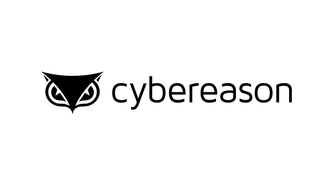
Problems that solves
Shortage of inhouse software developers
Shortage of inhouse IT resources
High costs of IT personnel
Shortage of inhouse IT engineers
Values
Enhance Staff Productivity
Ensure Security and Business Continuity
About Product
Description
ReddFort App-Protect consists of a basic protection that protects all programs installed on the client against compromise by means of a secure and encrypted database. This protection starts before the operating system starts. This means that changes to the installation base are no longer possible. All programs and processes that are not in the database, no matter how they got to the client (e-mail, internet, network, drives), are recognized before the upload and are not executed.
ReddFort App-Protect also includes a "GuardedDesktop". This creates a secure application environment in the form of a second desktop. This creates an isolated - non-virtual / sandbox - environment within which previously registered applications are executed. During the runtime, it is ensured that active applications only use permitted and genuine system components. Any deviation in the applications is noticed and prevented.
- Current malware, which is not yet known to the AV system laboratories, is not executed when ReddFort is used.
- Real protection against the start of the operating system, therefore no changes to the installation base are possible.
- All programs installed on the client are protected against compromise by a secure and encrypted database.
- Any attack on program files (by email, internet, network drives) is prevented.
- Security gaps in programs used by hackers are covered by the ReddFort App-Protect solution.
- Secured security desktop against key logger and picture viewer.


















